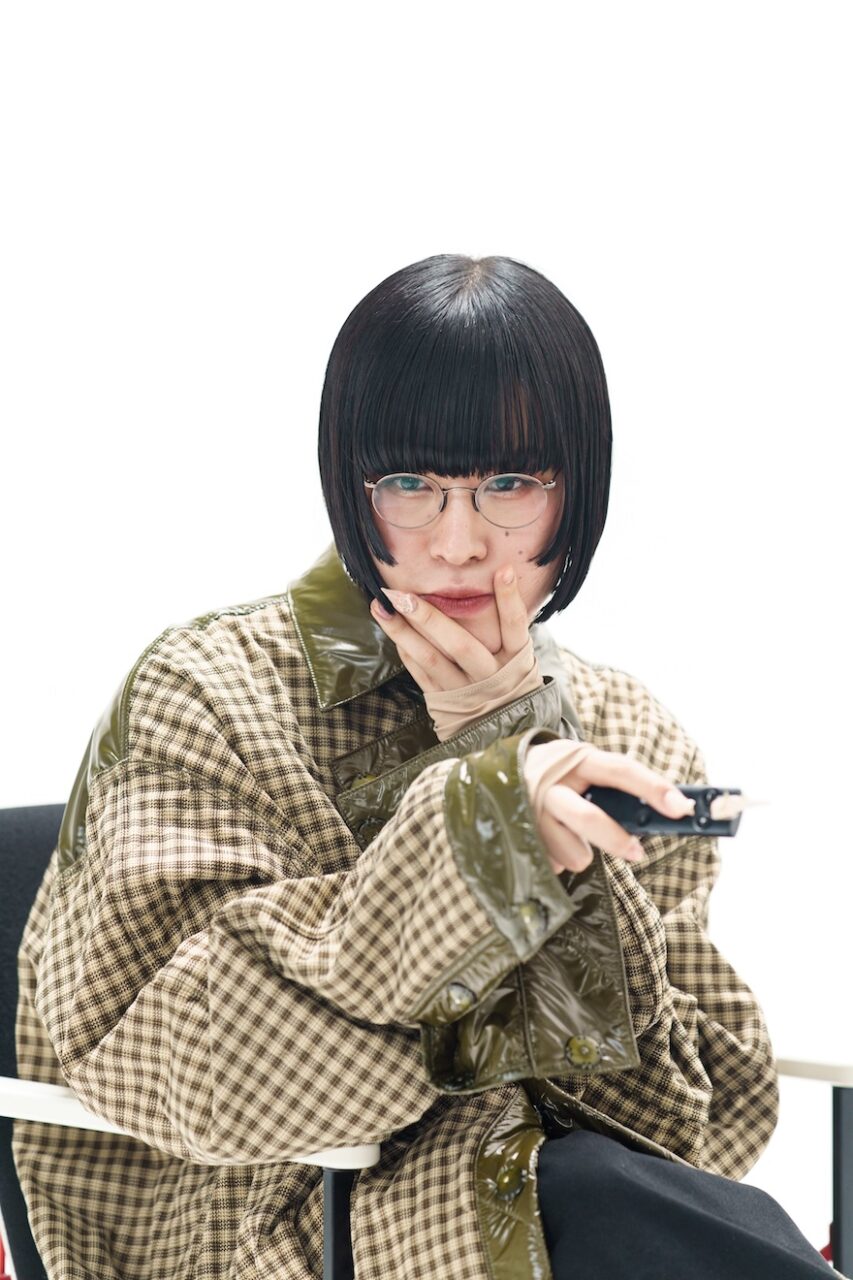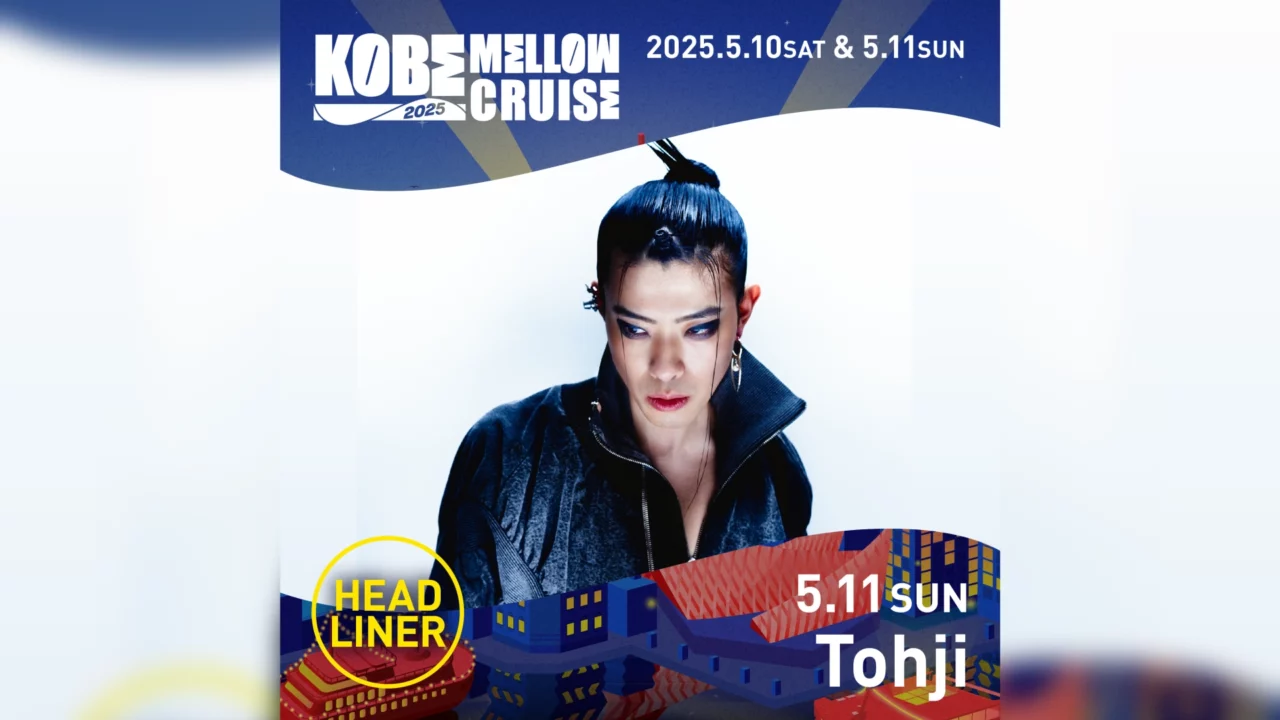Hakushi Hasegawa has unveiled their first full album in nearly four years and eight months, “Mahōgakkō,” on July 24 (Wednesday).
This release marks their debut album under the American label Brainfeeder and has garnered significant attention. The album embodies “music of the extraordinary,” blending confusion, fear, and pleasure into a chaotic alchemical creation. With *Magic School*, Hasegawa Hakushi takes listeners on a journey beyond the conventional bounds of pop music.
The review is by Hiroto Matsushima (NordOst), a DJ and writer with deep expertise in the electronic music scene.
INDEX
Unleashing Chaos, Fear, and Ecstasy: Hasegawa’s First Full Album in Nearly 4 Years and 8 Months
The first experience with the album was eye-opening. As it neared the end, an unexpected synthetic voice announced “Catch me if you can,” delivering a jolt of shock. Though it was unsettling, finishing the final track brought a smile to their face. They had been thoroughly enchanted by the magic of Hasegawa Hakushi’s Magic School.
The phrase “Catch me if you can,” also the title of a film, appears to be quite common in English-speaking countries, akin to the Japanese game phrase “鬼さんこちら” (“Here, Tagger”). This game is a playful challenge, inviting, “If you can catch me, go ahead and try.” Similarly, Magic School, their first full album in nearly 4 years and 8 months, is filled with innocent mischief, capturing listeners and delighting them with its chaotic charm and pleasure.

For instance, listening to the first three tracks or the sixth track, “KYŌFUNOHOSHI,” you’ll notice the BPM is incredibly fast. However, this speed creates a sense of urgency and confusion rather than the exhilarating rush of hardcore techno. It evokes emotions closer to disarray and anxiety.
The diverse and ever-shifting rhythmic patterns in the work seem almost danceable yet remain elusive, creating a sense of physicality different from the brain dance genre. Despite the seemingly undanceable sounds, one finds themselves moving to the rhythm unknowingly. It’s incredibly magical. The 2020s saw the rise of hyperpop, which rapidly transformed pop music norms, but this work feels like an unexpected hit from a completely different direction. No matter how many times it’s listened to, it’s impossible to grasp how it all came together.
INDEX
The Enigmatic Background of Hakushi Hasegawa Dismantling Clichés
Yes, it’s bewildering. My limited knowledge makes it impossible to fully articulate Hakushi Hasegawa’s musical foundation. In fact, understanding exactly which artists, genres, scenes, or platforms Hasegawa draws from and references is likely beyond anyone but Hasegawa themselves.
It’s easy to label their influences as jazz, electronica, breakcore, or Brazilian music, but such simplifications miss the deeper complexities. Hakushi Hasegawa’s music is so layered, mixed, and high-context that these concepts alone can’t fully capture its essence. Hasegawa works like an alchemist, blending and amplifying elements with profound intricacy, while seamlessly transforming input sounds into new, unexpected realms. This art of transformation is, in itself, a kind of magic.
Certainly, as someone who relies on DJing for a living, I consider myself fairly proactive in exploring diverse music and translating commonalities from various genres into the dance floor. However, when it comes to Hakushi Hasegawa, the gap in their approach to “replacing A with B” seems particularly striking. For instance, the sudden, unexpected insertion of a rave horn (the “Pwoooon!” sound often used by hip-hop DJs) in “KYŌFUNOHOSHI” is a testament to their unique approach.
Imagining why Hakushi Hasegawa relentlessly pursues such an extreme and, as of 2024, unconventional soundscape, it seems to stem from their dedication to continuously pushing beyond conventional boundaries. Reflecting on past interviews, it’s clear that Hasegawa’s strong desire to reject clichés and constantly seek new possibilities drives their creative process.
Such pure desires can be felt from the lyrics of the twelfth track, “Outside,” particularly the line <I love the outside so much that I want to go out>. This final number is highly suggestive; for example, one might wonder what exactly is meant by <my creepy closet>. Just by isolating a single line, the scope for interpretation and speculation is vast. Every element that makes up “Mahōgakkō” can be understood in both an inspiring and terrifying way. However, the true intention can only be known by Hakushi Hasegawa themselves.























